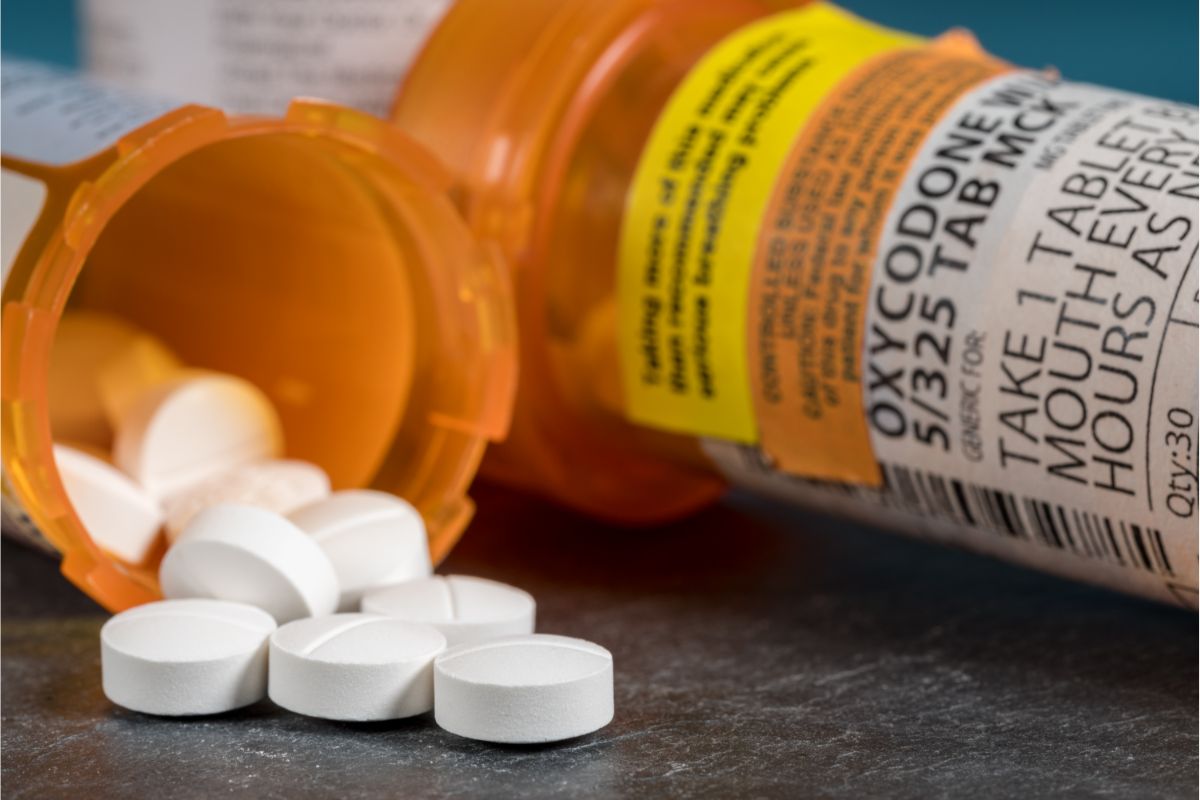
When it comes to managing pain, doctors often prescribe powerful medications like Oxycodone and Oxycontin. While these two drugs are commonly used to treat moderate to severe pain, many people are unaware of the key differences between them. Understanding these differences is crucial for safe and effective pain management.
This article will explore the distinctions between Oxycodone and Oxycontin, including their strength, dosage, common prescriptions, acetaminophen content, addiction potential, and more. If you or someone you know is struggling with Oxycodone or Oxycontin use disorder, Lake Ave Recovery in Massachusetts is here to help.
What is the Difference in Strength Between Oxycontin and Oxycodone?
Both Oxycodone and Oxycontin are opioids derived from the opium poppy plant, primarily used to treat pain. However, their formulations and strength profiles differ significantly.
Oxycodone is an immediate-release formulation designed to quickly enter the bloodstream and provide fast pain relief, typically lasting 4 to 6 hours. It is often combined with acetaminophen, and this combination is known under the brand name Percocet, though it is also available in generic forms.
Oxycontin, on the other hand, is an extended-release version of Oxycodone. This means it is formulated to release the medication slowly over a longer period, usually around 12 hours, offering prolonged and sustained pain relief. While both medications contain the same active ingredient, their release mechanisms influence their overall strength and duration of effect.
Due to its time-release properties, Oxycontin requires a higher dosage to achieve the same immediate effect as Oxycodone. Approximately 2 mg of Oxycontin is needed to equal the immediate effect of 1 mg of Oxycodone because not all of the Oxycontin is released into the system at once.
This makes Oxycontin suitable for managing chronic pain that requires long-term, steady relief, while Oxycodone is better for acute, intermittent pain relief.
Dosage Differences
Due to their different formulations, the dosages of Oxycodone and Oxycontin can vary significantly. Oxycodone, typically combined with acetaminophen, is usually taken every 4 to 6 hours as needed for pain in 5-10 mg dosages.
On the other hand, Oxycontin, an extended-release formulation, is taken every 12 hours and often prescribed in higher dosages ranging from 10 mg to 80 mg. For patients who are not opiate-tolerant, dosages above 40 mg per dose or 80 mg per day are generally avoided due to the increased risk of severe side effects like respiratory suppression.
Following the prescribed dosage and schedule closely is crucial to avoid potential side effects and overdose.
Common Reasons for Oxycodone or Oxycontin Prescriptions
Both Oxycodone and Oxycontin are prescribed for pain management, but their specific uses differ based on the type and duration of pain. Oxycodone is often prescribed for acute pain, such as post-surgical pain or pain from an injury, due to its quick onset and effectiveness in managing sudden, intense pain episodes.
Oxycontin, with its extended-release formulation, is more commonly prescribed for chronic pain conditions requiring long-term, consistent pain management, such as cancer-related pain or severe arthritis. When tolerance to other opioids like hydrocodone develops, Oxycontin may be considered to provide sustained pain relief.
Acetaminophen
One notable difference between Oxycodone and Oxycontin is the inclusion of acetaminophen (Tylenol) in some Oxycodone formulations. The combination enhances pain relief, as acetaminophen helps reduce fever and alleviate pain. Each dose of Oxycodone typically contains 325 mg of acetaminophen.
However, Oxycontin never includes acetaminophen, as it is an extended-release formulation meant for long-term pain management. Patients must be cautious not to take additional acetaminophen with Oxycodone to avoid the risk of liver damage. It is crucial to check medication labels and consult healthcare providers before taking any additional medications to prevent adverse effects.
Addiction Potential
Both Oxycodone and Oxycontin have a high potential for addiction and abuse due to their effects on opioid receptors in the brain. These medications not only relieve pain but can also produce feelings of euphoria, leading to physical dependence and addiction. This risk is heightened if the drugs are taken in higher doses or for longer periods than prescribed.
The extended-release formulation of Oxycontin can be particularly dangerous if tampered with, as crushing the pill to snort or inject it can release a potentially fatal dose all at once. Despite efforts to make Oxycontin “crush-proof,” some users find ways to misuse it, increasing its addictive potential.
The absence of acetaminophen in Oxycontin can also make it more appealing for those looking to avoid the side effects associated with high doses of acetaminophen. For individuals struggling with opioid addiction, specialized treatment programs are available to address these challenges.
[Recommended: “Why Are Opioids So Addictive?“]
Contact Us For Support
If you or someone you love is struggling with addiction to Oxycodone, Oxycontin, or any other substance, it is important to seek help as soon as possible. At Lake Ave Recovery, we offer comprehensive addiction treatment programs tailored to meet the unique needs of each individual. Our experienced team of medical professionals, therapists, and counselors is dedicated to providing compassionate care and support throughout the recovery journey.
Understanding the differences between Oxycodone and Oxycontin is crucial for safe and effective pain management. While both medications are powerful tools for treating pain, they must be used carefully and under the guidance of a healthcare provider.
If you have any questions or concerns about your medication, always consult with your doctor. And, if you or someone you know is struggling with addiction, don’t hesitate to reach out to Lake Ave Recovery for support and treatment.
Contact us to learn more about our services and how we can help you or your loved one achieve lasting recovery. Your journey to recovery can start with a single step, and we’re here to help you every step of the way.
